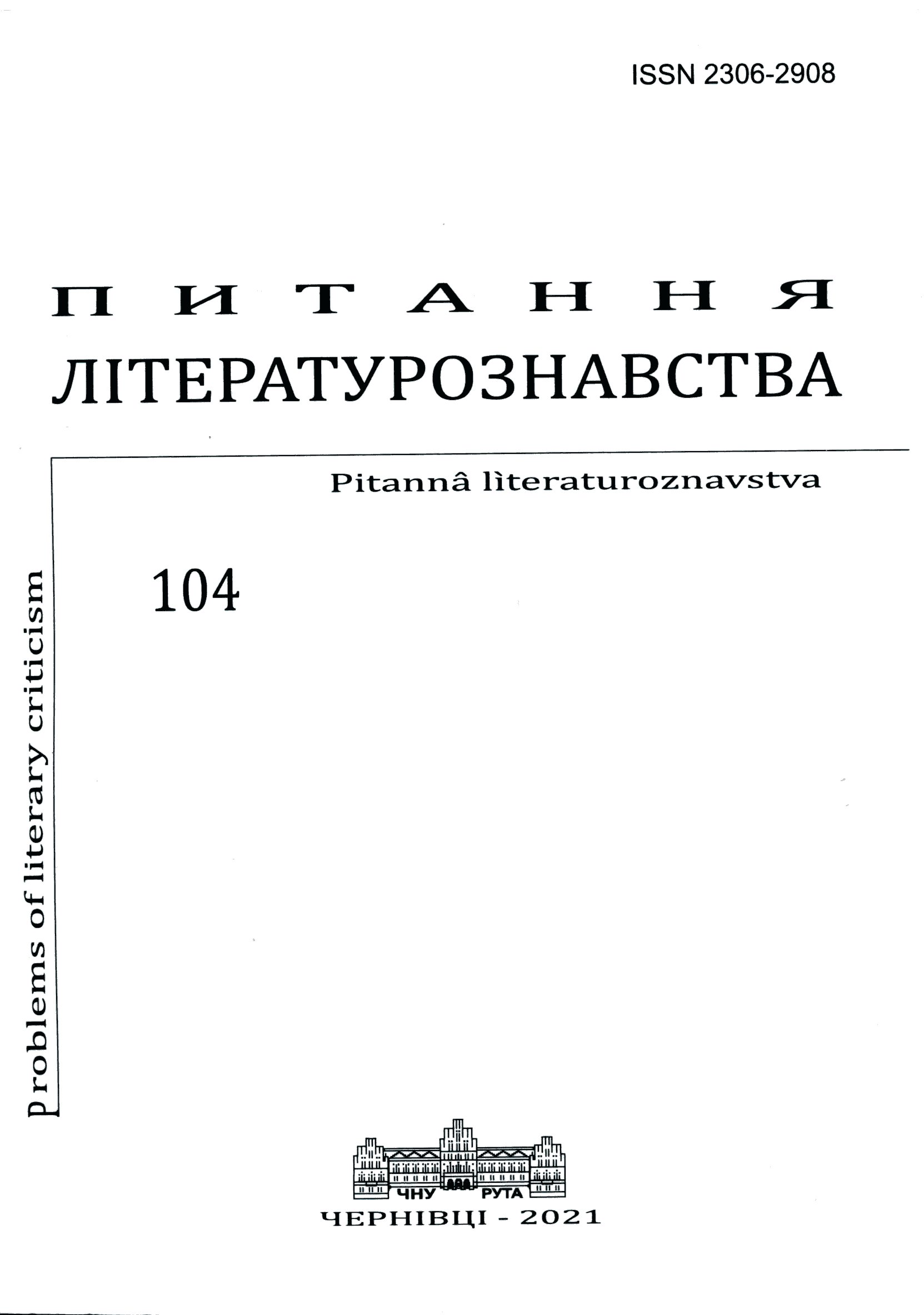„Кінець людської винятковості”: зміщення антропологічної домінанти наукової фантастики
“The End of Human Exceptionality”: The Shift of the Anthropological Dominant in Science Fiction
Author(s): Dan ParanyukSubject(s): Language and Literature Studies, Studies of Literature, Theory of Literature, American Literature
Published by: Чернівецький національний університет імені Юрія Федьковича
Keywords: anthropology; personosphere; science fiction; fantasy; “phantasoid”;Clifford Simak;
Summary/Abstract: Based on the methodological proposals of literary anthropology, in particular on the conceptual ideas of C. Levi-Strauss (structural anthropology), J. Ortega y Gasset (“dehumanization of arts”), J.-M. Schaeffer (“the end of human exceptionality”), M. Foucault (the fall of a human being from the humanistic pedestal of culture), the article under studies emphasizes the violation of the anthropological dominant in science fiction, which is very typical of the fantasy genre. Consequently, there arise new principles of constructing personosphere of a literary text. On the example of the novel “City” (1953) by an American science fiction writer Clifford Simak, the article traces the way a human being shifts from the center of personosphere to the “outskirts” of narration, whereas its image acquires fictional parameters. This all happens due to the phenomenon of “anthropocene” (the term by G. Canavan), which implies the harmful consequences of the human reigning over the nature. In addition, the author of the article introduces the notion of “phantasoid’ – a character of the fictional world of fantasy (outlined by the narrator) that functions exceptionally in the imagination of a certain fantastic character and is somehow related to his previous experience. The novel by C. Simak outlines a gradual shift of the anthropological vector: the heterogeneous image of a human turns into a counter-image, whereby particular significance is attached to the change in the attitude towards mankind. In the text, human culture is perceived as something alien, while Simak’s image of a human being ruins the so called imagological stereotype, along with the reader’s receptive expectations. The role of the attractor in the novel is assigned to “antromorphized” and “humanized” creatures (plants, animals, objects, robots, mutants), which indicates the drastic breach with the previous genre tradition, as well as higlights a peculiar polemic connection with classical literary science fiction. This all proves the metamorphic nature of science fiction and its transition into the hyperreal dimensions of fantasy, where different artificial forms of life and mentality can peacefully coexist with each other.
Journal: Питання літературознавства
- Issue Year: 2021
- Issue No: 104
- Page Range: 163-181
- Page Count: 19
- Language: Ukrainian

